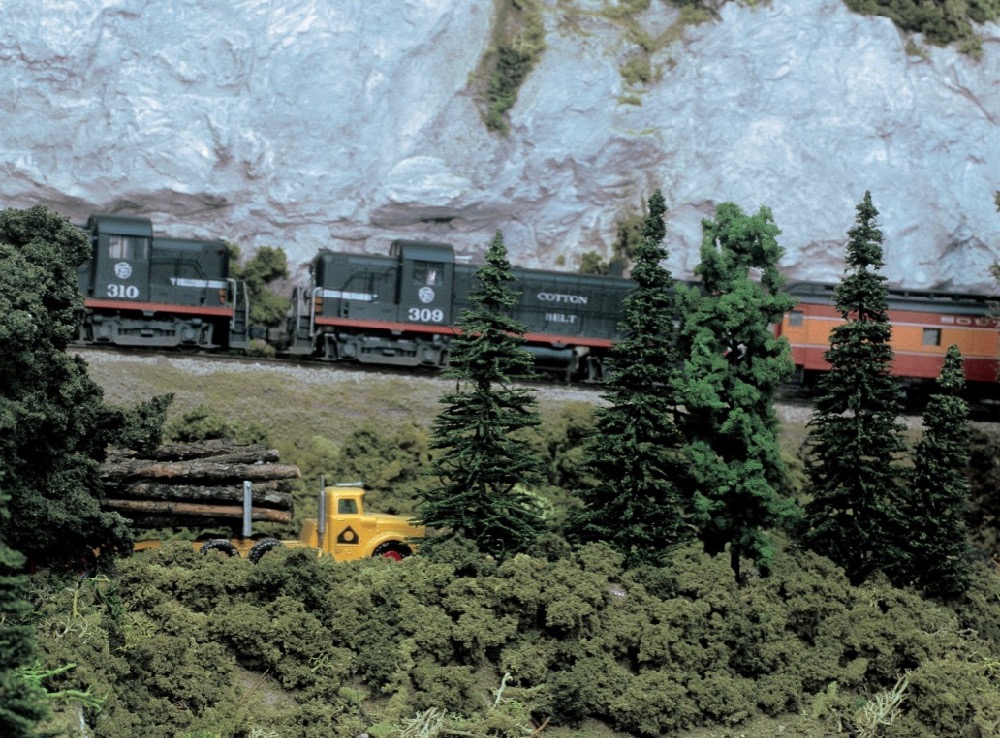
Richard Arsenault’s S gauge railroad (shown in the February 2003 issue of Classic Toy Trains) illustrates the drama that a grade can add to a model railroad. The battle of man versus mountain can be won in S, O, or Standard gauges only if the inclines aren’t too great. Classic Toy Trains file A […]
Read More…
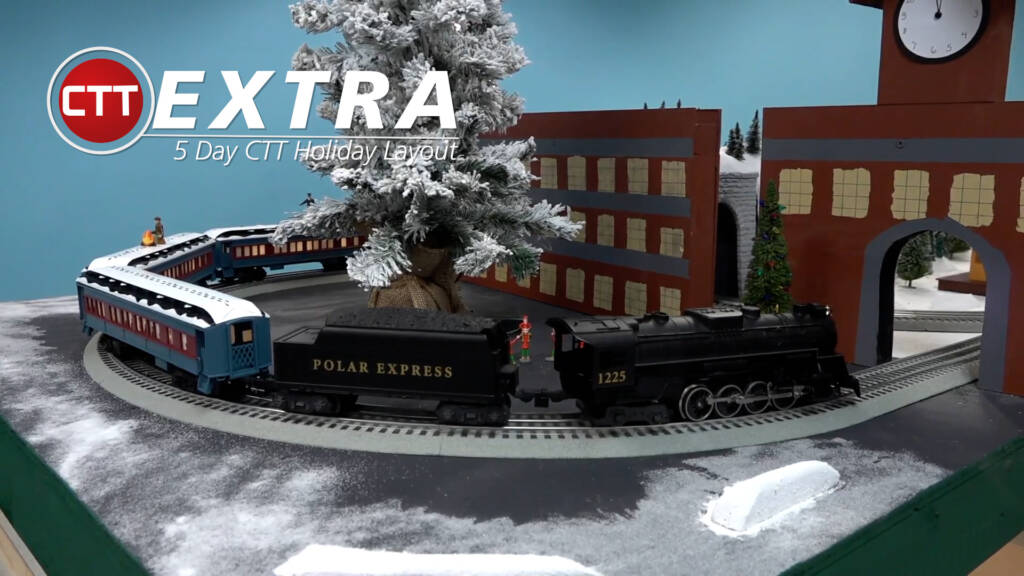
The Classic Toy Trains staff built the Polar Express layout over a five day period, from benchwork to final scenery. The layout features scenes from the beloved movie, including the Hero Boy’s house, the train crossing the frozen river, and the city scene where the First Gift of Christmas is given. Staffers Hal Miller, Roger […]
Read More…
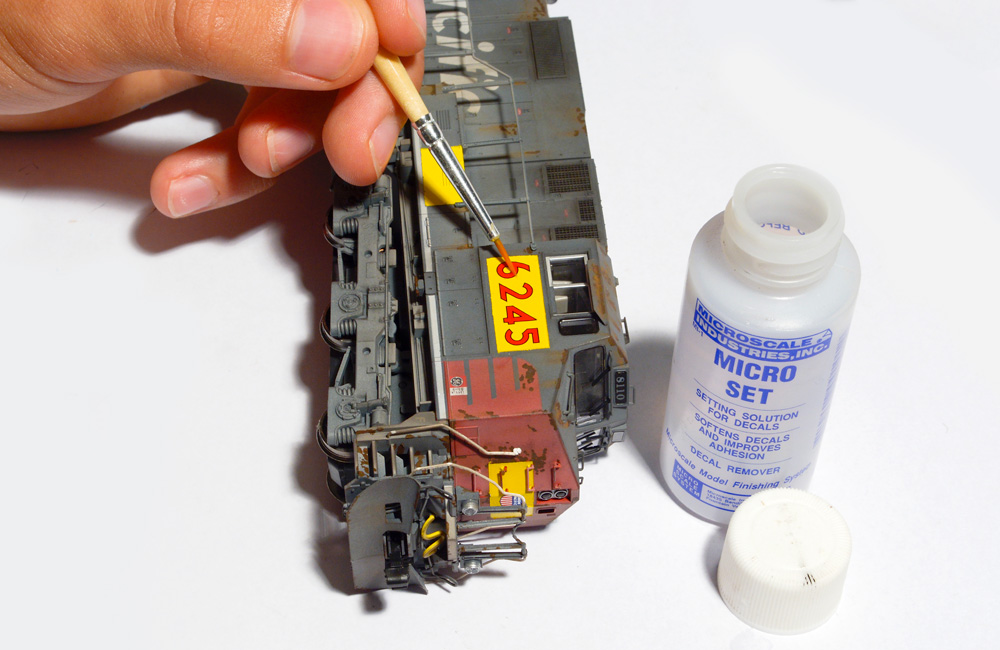
Q: I’ve read the articles on how to patch out locomotives and rolling stock, but how often are these techniques used by cash-strapped short lines? It seems a lot easier (and cheaper) to slap a patch on a new locomotive and get to work than repaint a used locomotive. – Michael Schlobohm A: Prototype railroads, […]
Read More…
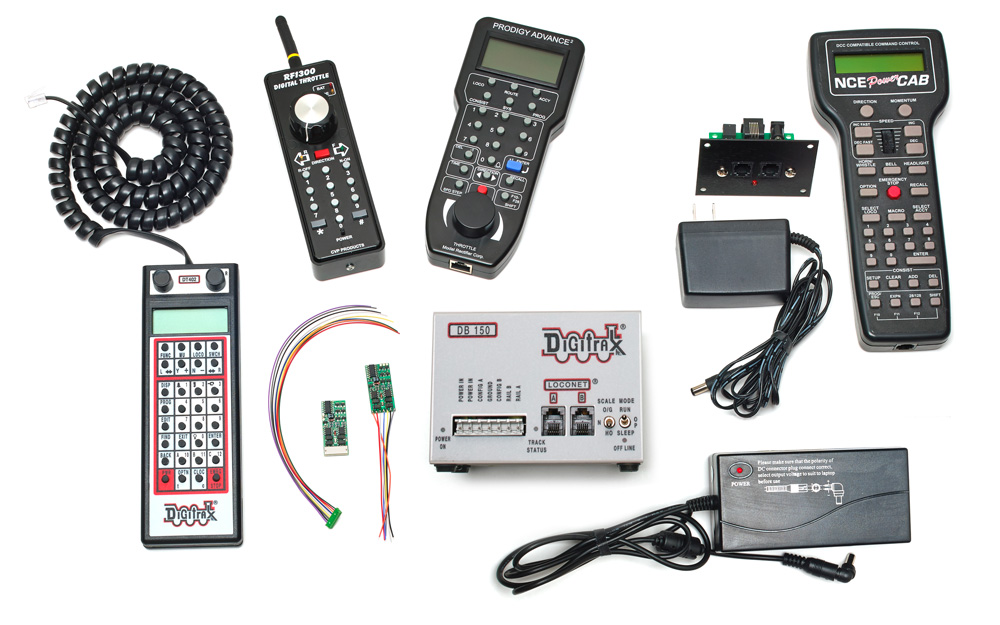
Digital Command Control (DCC) or direct current (DC)? That is the question. If you’re preparing to build a new model railroad or are just starting out in the hobby, you may be pondering the reasons to use DCC instead of an old-fashioned power pack to run your trains. Here are seven reasons to use DCC, […]
Read More…
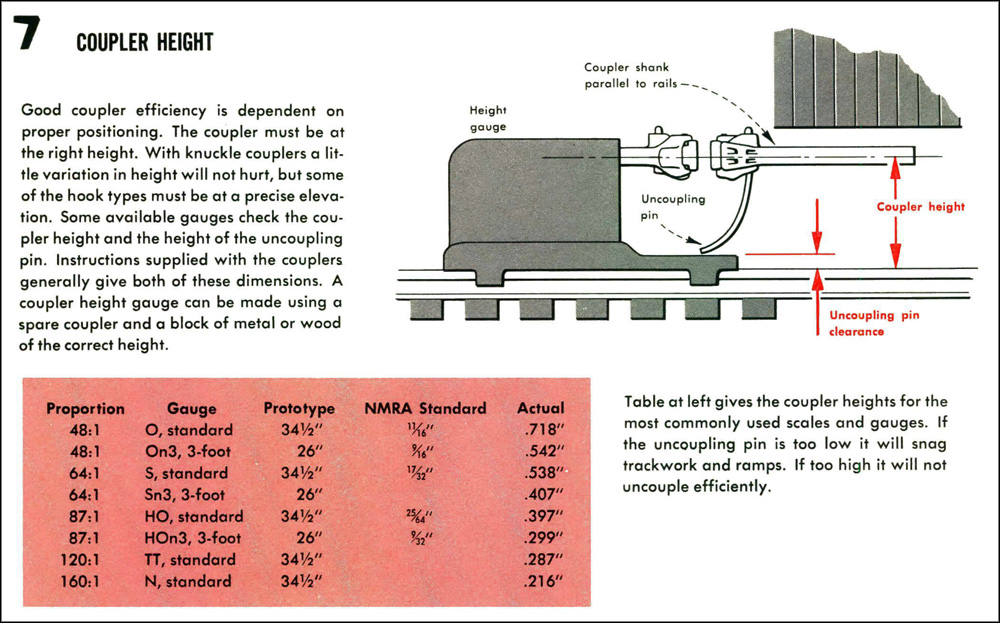
Q: Way, way back in the 20th century, I think in the 1980s (though I’m probably wrong), Model Railroader ran an article about making your own coupler height gauges in the various scales, including TT scale. Can you advise which issue that was? None are available in TT today, and I could use a couple on […]
Read More…
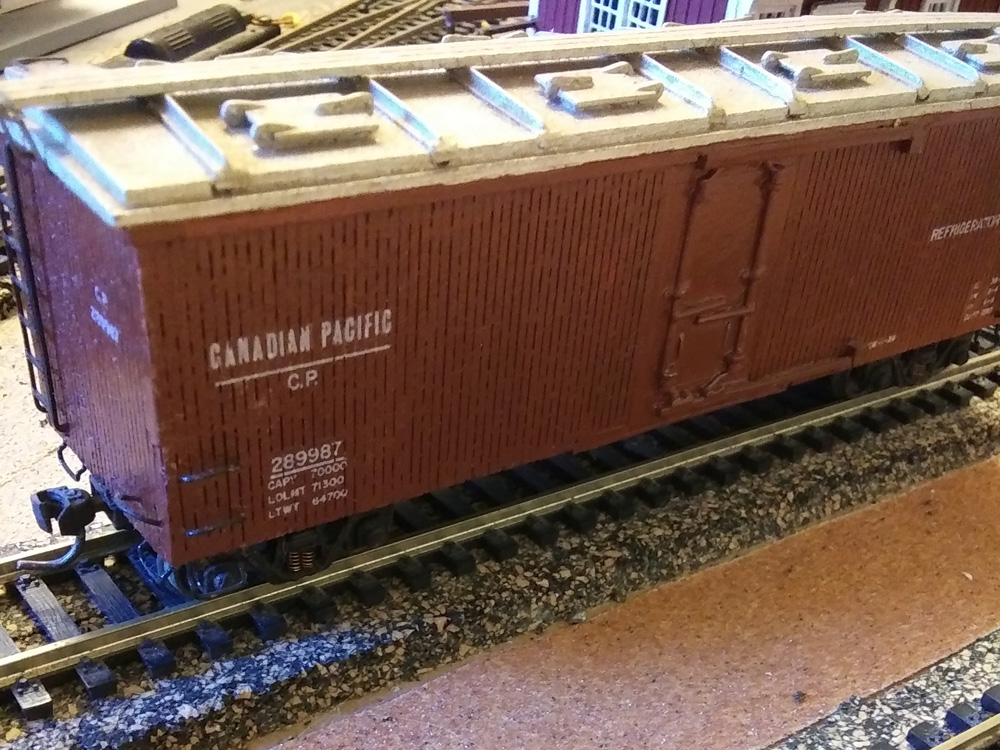
Q: I was given an older model of a reefer car that has hatches across the whole roof instead of on each end (see photo above). Is this a special type of reefer for handling a specific cargo? – Wes Barteck A: Though that kind of refrigerated car is more common north of the border […]
Read More…

Q: Reading Jerry Dziedzic’s essay on “Turning waybills into dollar bills” (August 2023) made me realize that I don’t know anything about how prototype railroads handle the inspection and shopping of freight cars. Are cars sent in for inspection, paint, and maintenance at fixed times, or after a certain number of miles, or only when a […]
Read More…

To our younger readers, HO scale locomotives with smoke units may seem like a recent development. In reality, the feature dates back to the end of World War II when American Flyer began producing 1:87.1 steam locomotives with smoke. Since that time, companies have continued to offer HO locomotives with smoke units. Admittedly, some manufacturers […]
Read More…

Digital Command Control, or DCC, is one of two ways most modelers control their trains. Instead of sending current directly to the rails, and making any train that’s receiving that current move, DCC sends packets of information through the rails and to individual locomotives to tell them what to do. For a DCC system to […]
Read More…

If you have LEGO trains, you probably have LEGO train track. Different kinds of LEGO train track have appeared in train sets from the very beginning and have evolved to the gray track that we have today. What parts can you buy in the store today? Come along on this journey as I share all […]
Read More…

Q: I’m planning a small layout based on The Bay Line (BAYL), a north Florida short line, focusing on the Cottondale diamond crossing and CSX interchange. I found a fascinating picture of the diamond near the interchange in 1989, which shows a grade crossing-type gate across the railroad track just before the diamond. What would the […]
Read More…

Q: I’ve been given several HO scale locomotives that unfortunately came without boxes or information about whether they were DCC equipped or not. Most are very nice, higher end models, not entry-level. Is there any way to safely find out if each locomotive is DC or DCC without taking off the shells? Even if I do remove […]
Read More…












